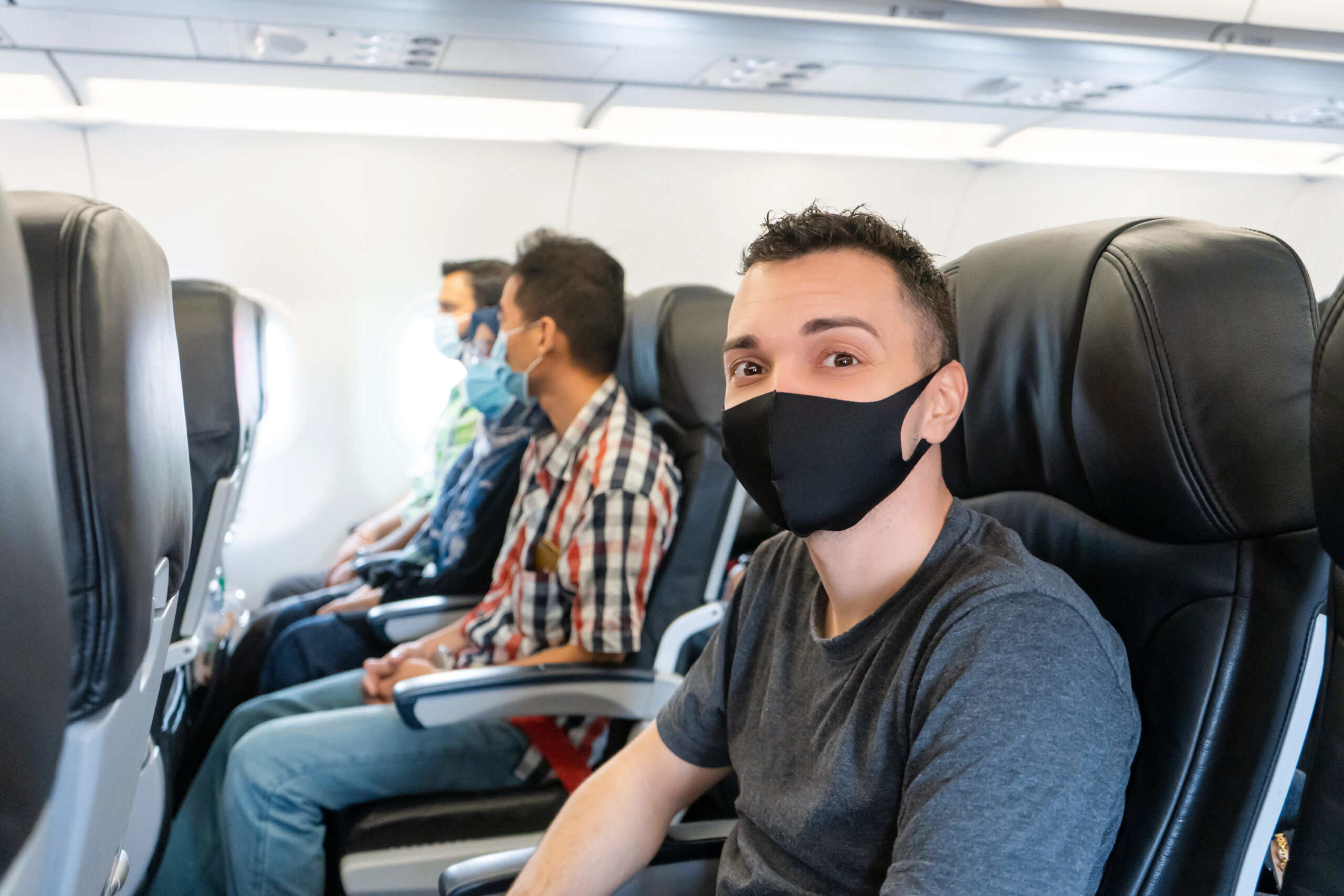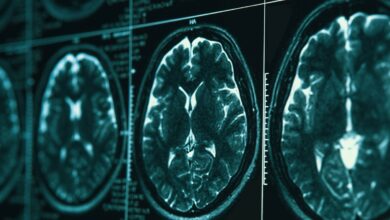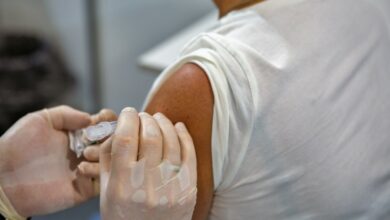A
A
A
The busiest travel period of the year for the U.S. is changing the way states and airlines address the COVID-19 pandemic. The response of President Trump and Federal agencies to the COVID-19 pandemic may have been controversial with slow response times to the virus causing controversy. Thanksgiving 2020 has sparked concerns about the potential for a spike in the numbers of those affected by COVID-19 in the weeks following the annual Holiday.
The number of people traveling over Thanksgiving has dropped, but airports have still been busy with travelers moving around the nation in large numbers. In response, some states have introduced fines for those who fail to follow travel restrictions designed to limit the spread of the virus.
Read More »
Some airlines have introduced requirements for a negative COVID-19 test before travelers are allowed to travel. However, many states are taking matters into their own hands, and require travelers to submit a self-isolation plan and proof of a negative COVID-19 test. One of the strictest states for those traveling within its borders is Alaska, where state officials are taking the threat of the virus extremely seriously. Among the requirements for those looking to travel to Alaska is the completion of a COVID-19 test with a negative result 72 hours or less before travel takes place. Those waiting for results must self-isolate upon arrival until their test results have been received. Visitors to the state are expected to upload all their required documents before traveling, including a plan for self-isolation.
The Centers for Disease Control and Prevention in the U.S. has been warning against non-essential travel for months. Thanksgiving and the following Holiday season have been seen as a dangerous time for travel throughout the nation, but the AAA believes around 50 million Americans traveled over the Thanksgiving weekend. The sheer number of travelers has sparked concerns from members of the CDC of a doubling of the number of new infections in the coming weeks. The U.S. reported over one million new COVID-19 infections recorded over the week before Thanksgiving, with this number expected to double in the next two weeks. Daily deaths have risen to more than 2,000 across the U.S. for the first time since May, with the CDC warning of a rise in the number of deaths associated with Thanksgiving Holiday travel and gatherings.
Concern has grown in the last few weeks over comparisons with the onset of COVID-19 in Wuhan, China. COVID-19 was born in the city of Wuhan before it was spread by the travel undertaken by around five million people to celebrate the Chinese Lunar New Year. Some estimates place the number of those moving outside Wuhan’s Hubei Province as over 1.5 million during the holiday. This led to the fast spread of the virus across China that went unchecked for weeks and months.
In the U.S., eleven states have introduced restrictions regarding travel from those outside their borders with these regulations strictly enforced with monetary fines. The District of Columbia is one of those regions where travelers are required to provide evidence they are clear of the virus before and during their stay. Like many states, the District of Columbia has established a testing protocol, including the requirement for every traveler to be tested in the three days before they travel. Those who arrive in the District of Columbia and wish to stay for more than three days are given a window of between three and five days to be tested for COVID-19 once more.
The majority of states have introduced some form of travel restrictions for those entering from high-risk states. Almost every state in the Union is now seen as high-risk, particularly since the latest hot-spots for the spread of the virus moved to the Midwest and High Plains. Most states are calling for visitors to self-isolate in quarantine for 14 days upon arrival, these states include New York, California, and Oklahoma. Other states are allowing visitors to complete COVID-19 testing to end their quarantine. Vermont has taken a progressive approach by calling for all visitors to quarantine for 14 days but making it clear they have the ability to take a Coronavirus test after seven days to end their isolation.
Thanksgiving travel is reported to have fallen over the November weekend in 2020, but with more than two million people traveling by air, the issue of COVID-19 will not go away. Concern over the rising number of COVID-19 cases in the U.S. and the effects of the Holiday season continue to grow for the CDC. The problems associated with Holiday travel could become worse as Christmas approaches, warns the CDC, with the expected surge in cases causing issues for almost every area of the U.S.






